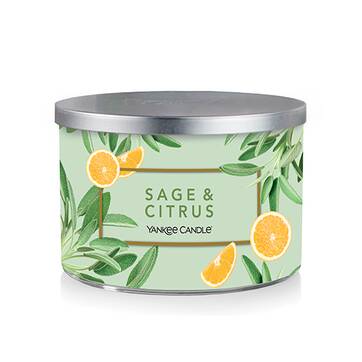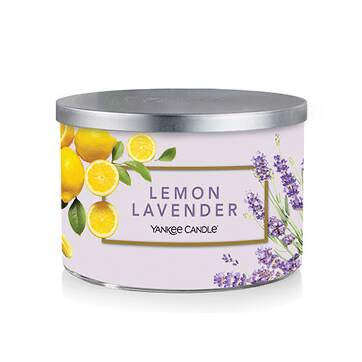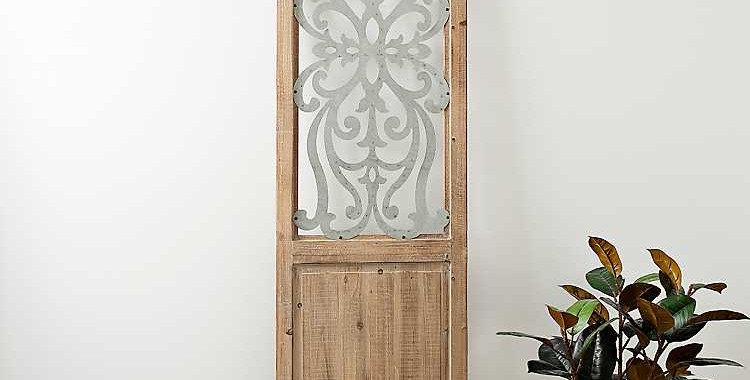- Jul 1, 2020
- 6 min read
When I recently spruced up our guest bath, I got a TON of questions on my stenciled floor tile. This project is still one of my all-time favorites because it makes SUCH an impact. It's like getting all new tile, without the cost. I wanted to provide some more detail on how I did it, and a few lessons learned in case you're considering painting some tile in your own home!

To start, I had to decide what colors and pattern I wanted. The original room (even before this photo), had peach walls and this terracotta colored floor tiles. With no natural light, everything just felt very brown with almost a "western" vibe. I had already painted the walls gray in an attempt to tone down the warmth of all the tiles, but I wanted to keep going with that vibe. Insert: stenciled tile.
Here are the supplies you'll need to stencil your tile:
Sandpaper (120 grit) and orbital sander
Heavy duty cleaner (TSP or alternative)
Stencil of choice (I used the Santa Ana from Cutting Edge)
Primer (I used Kilz 2)
Base color paint (I used Rustoleum Chalk paint for superior coverage)
Stencil color paint (Any latex paint will do)
Clear water-based polyurethane top coat (I used Varathane Ultra-Thick Floor Finish)
Painters tape
High-density mini foam roller & stencil brush
Paint tray & paper plate
Paper towels

After reading some other blogs and doing my research, I decided to use Cutting Edge Stencils. They had great reviews and were one of the only companies I could find who would make me a CUSTOM stencil. Most square floor tiles are 12x12, but mine were 13x13 (of course). I recommend getting at least 2 identical stencils especially if you’re working in a bathroom where you’re going to have to cut around things like toilets, sinks, plumbing, etc. I practiced stenciling on a few pieces of cardboard and tested out various color combinations to help decide what colors I wanted to use. Once you’ve decided on your stencil pattern and your colors and feel confident with your technique, you're ready to get started stenciling.
1) Clean & prep the surface (then clean again)
Vacuum up any dirt & dust, and then use your TSP or other cleaner and scrub that floor. If you’re using TSP you’ll want to wear gloves as it’s a pretty harsh cleaner. I just used my trust Krud Krutter and it did a swell job. Give the floor another wipe-down with water
Then you’ll want to take your orbital sander & sandpaper to the floor. This will rough up the surface so that the paint adheres to it better and your paint job will last a lot longer this way! If you’re doing this on wall tile or anything that has a slicker surface to it, you’ll want to go rougher with your sandpaper (like, 80 grit).
Once it’s all been sanded, clean again, and then tape of your baseboards and any other objects that might accidently get paint on them (base of cabinets, toilet, etc).
CLEANING PRO TIP: Keep a clean pair of socks nearby that you ONLY use for this project, and also a lint roller and a tack cloth. One thing that drove my NUTS while doing this project was that every time I would come back to it I would track in more dust, lint and dog hair. Clean yourself off every time you enter so you’re not picking dog hair out of your paint…
2) Prime & base coat
From left to right: First coat of primer, First coat of base color, 2nd coat of base color
I did 2 coats of primer, and 3 coats of my base color. I used Kilz 2 primer, and “Chalked” by Rustoleum for my base color. I actually ended up mixing “Linen White” and “Chiffon Crème” to get the exact shade I was envisioning for the base color – one was too white and one was too cream!
MIXING PAINT PRO TIP: mix more than you think you’ll need, and store it in a mason jar or other tightly sealed container. Remember that you might need some for touchups too!
I used a brush to edge the outside of the room and in all the grout lines, and then rolled the rest with a dense foam roller. Let each coat dry for at least an hour before you layer on another coat. Let the last coat dry overnight before starting you stenciling.
3) Time to stencil
Before beginning the stenciling, lightly sweep or vacuum the floor and wipe it down with a tack cloth. And if you’ve had a dog on or near you – make sure to lint roll all your clothing before you enter!
Before you start using your stencil – spray the back with your spray adhesive. This just gives it a bit of grip so that it stays in place and gives you crisper lines.

Lay your stencil down on one of the full tiles – making sure to arrange the corner pieces that line up your next tile (the grout lines on my floor were uneven and funky – so mine didn’t line up as they should). Dip your roller into your paint tray, and then roll off excess paint on a paper towel or paper plate. Then start rolling it onto your stencil – starting in the middle and working outwards. Make sure to get the corner pieces – that will help line up your stencil on future tiles!
I liked to work in sort of a random pattern – focusing on all of the full tiles and making sure that my stencil doesn’t overlap an area that I recently painted. After 3-4 uses, wash off your stencil. Once it starts to build up paint you could get more bleed through. I used the shower in the bathroom I was painting (just make sure to keep a towel nearby so you’re not tracking water all over!).
Once you’ve completed all the full tiles – take stock of what you have left. For tiles on the edges of the room I found it easiest just to bend the stencil up the wall, but for areas around toilets or other plumbing I had to cut the tile. You’ll want to cut it for your most full titles first and then keep cutting it down for smaller and smaller sections.
4) Touch up and seal
Once you’ve stenciled your entire floor, pull up your painters tape. This might reveal spots you’ve missed with your primer & base color – I fixed these with just a few heavy coats of the base color. You can also touch up part of the stenciled design at this point using a small craft brush. Once it’s the way you want it, let it dry overnight again.
Re-tape the baseboards and other areas to prep for the poly top coat. Since the top coat is clear, you don’t have to be quite so precious about the tape this time.
Apply the poly the same way you applied your base coat, following the instructions on the package. I did 2 coats (but note: I was using the extra thick kind! I would recommend 3 if you’re using a regular poly). It should be dry to the touch within 24 hours but depending on what you use, it could take a few days for the poly to full cure – so avoid moving furniture back or allowing too much foot traffic.
WARNING: This stuff has very strong fumes. Wear a mask and set up a fan to suck the fumes out. Open a window if you have one.
And that’s it! Enjoy your beautifully stenciled floor. We’re coming up on almost a year of having it and its held up great – but granted this is a guest bath that doesn’t get much use, so if it’s a bathroom where multiple people are showering/bathing frequently it might wear more quickly. You can always add an additional top coat if it starts to flake or peel in places, but I wouldn’t expect this solution to last more than 5-10 years (depending on the space and how much wear & tear it gets). It’s a great option for a temporary & cost-effective solution to cosmetic issue that you might want to completely re-do in the future but aren’t prioritizing at the moment.
For more details and videos on the process and products I used, check out my Instagram highlight entitled “bathroom update”.
















































































